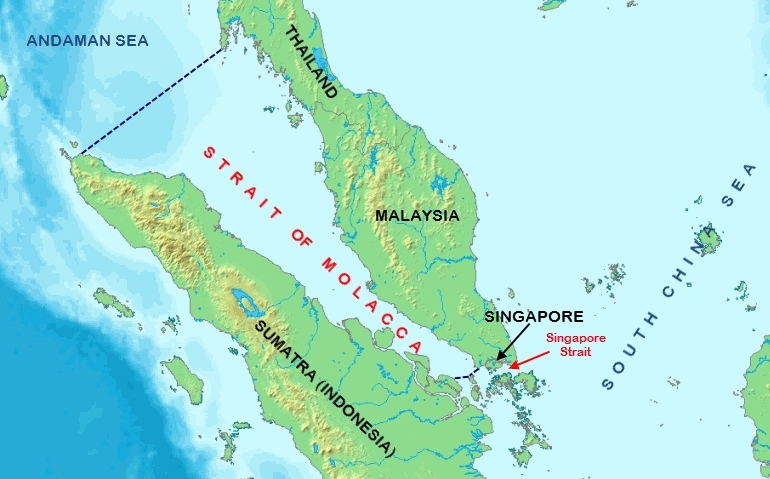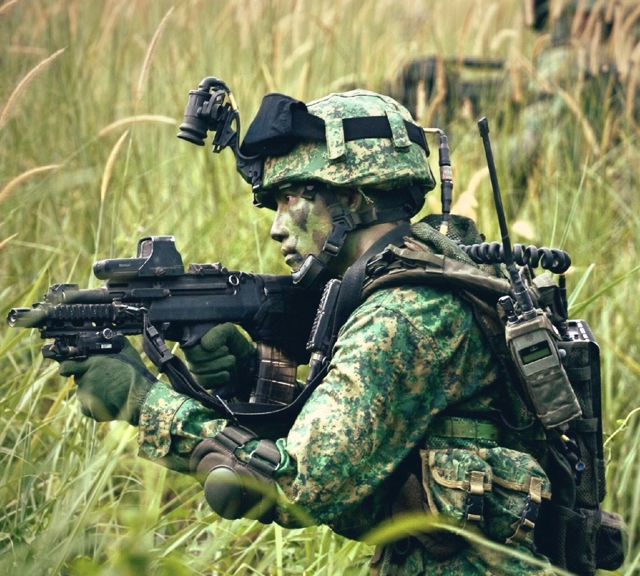 Singapore Soldier (Photo: tumblr)
Singapore Soldier (Photo: tumblr)
by David Parmer
“Singapore’s defence policy is based on the twin pillars of deterence and diplomacy.” (MOD, Singapore)
In 2015 Singapore celebraties the 50th anniversary of its Independence, and on July 1 it will celebrate Armed Forces Day. In this anniversary year the people of Singapore can take pride in the fact that they have substantial and professional armed forces protecting their freedom. The history of these forces starts under the British, where various volunteer forces made up the local contingent that fought in WWII, and finally morphed into the present Singapore Armed Forces. These armed forces are made up of:
- The Singapore Army
- The Republic of Singapore Air Force
- The Republic of Singapore Navy
The SAF has an estimated strength of 70,000 active duty personnel and about 90,000 reservists. What are called “National Servicemen” make up 80% of the forces. All males over 18 are required to serve two years’ active duty and are obligated for another 10-year reservist cycle. Women are not conscripted but may volunteer for duty.
The deterence and diplomacy of the country’s defence policy has two pillars:
- A strong and capable SAF
- Strong and friendly ties with defence establishments around the world
To carry out the first objective, the SAF is continually modernizing. It is now in what it calls its third generation of development. The first generation was simply basic defense, the second generation was the process of upgrading and modernizing equipment, (some of which is produced locally to local specifications) and the third generation is to adapt to conditions in a post-9/11 world where it must be able to deal with both piracy and terrorism as well as conventional missions.
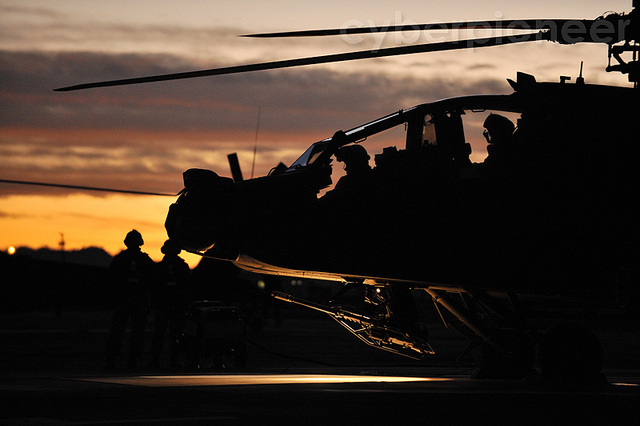 SAF Apache Helicopter (MOD via flickr)
SAF Apache Helicopter (MOD via flickr)
As for “strong and friendly ties” with other countries, first Singapore is a member of the Five Power Defence Arrangements which includes Singapore, the United Kingdom, Australia, New Zealand and Malaysia. Singapore also has close ties with the United States and since 1990 there has been an arrangement where US naval forces can use Singapore facilities. Singapore also works with ASEAN, and is active in the ASEAN Defence Ministers’ Meeting. Since 2002 Singapore has hosted the Shangri La Dialogue, a meeting of defence ministers and defence officials. To round out its international activities, the SAF has participated in numerous Peace Keeping Operations (PKO) and relief missions worldwide.
The SAF maintains a high level of operational readiness to defend Singapore against threats from the land, sea, or air. In order to defend Singapore against a widened spectrum of threats, including non-state threats such as terrorism and piracy, the SAF’s task forces bring together capabilities across the SAF, and work together with other national agencies, to respond swiftly and effectively to potential threats. (SAF Website)
In just 50 years the Republic of Singapore has made remarkable progress, leveraging its location and human capital to become one of the leading economic powerhouses in Asia and a model for what a city-state with multi-racial population can achieve. Remarkable progress and achievement is also the hallmark of the Republic’s armed forces, who in just 50 years have made themselves into a modern, regional force to be reckoned with.
Ministry of Defence Republic of Singapore
http://www.mindef.gov.sg/imindef/home.html
Ministry of Defence Republic of Singapore All Websites
http://www.mindef.gov.sg/content/imindef/allwebsites/webdir.html#tab-1
Singapore Armed Forces
https://en.wikipedia.org/wiki/Singapore_Armed_Forces
 日本語
日本語 English
English 中国語
中国語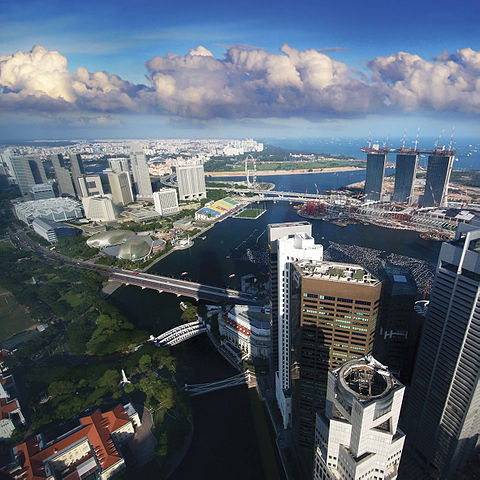 Singapore Skyline (Wikimedia)
Singapore Skyline (Wikimedia)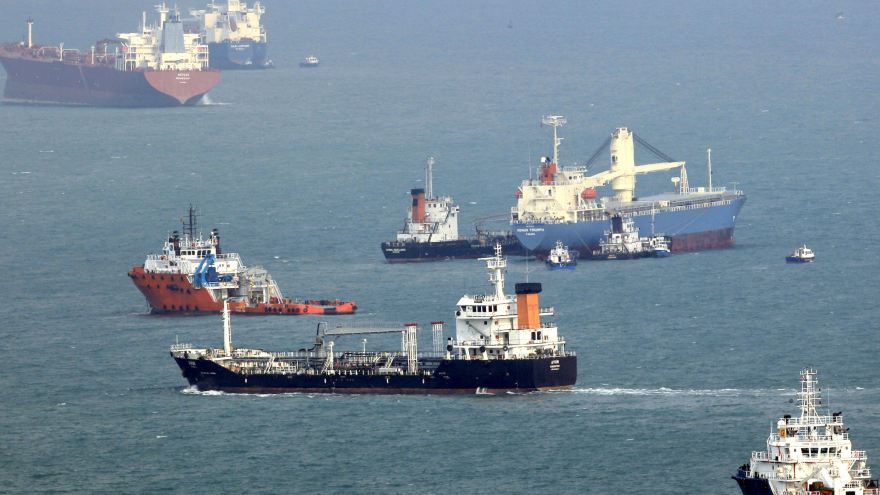 Strait of Mallaca (Photo: Maritime Trade Intelligence)
Strait of Mallaca (Photo: Maritime Trade Intelligence)